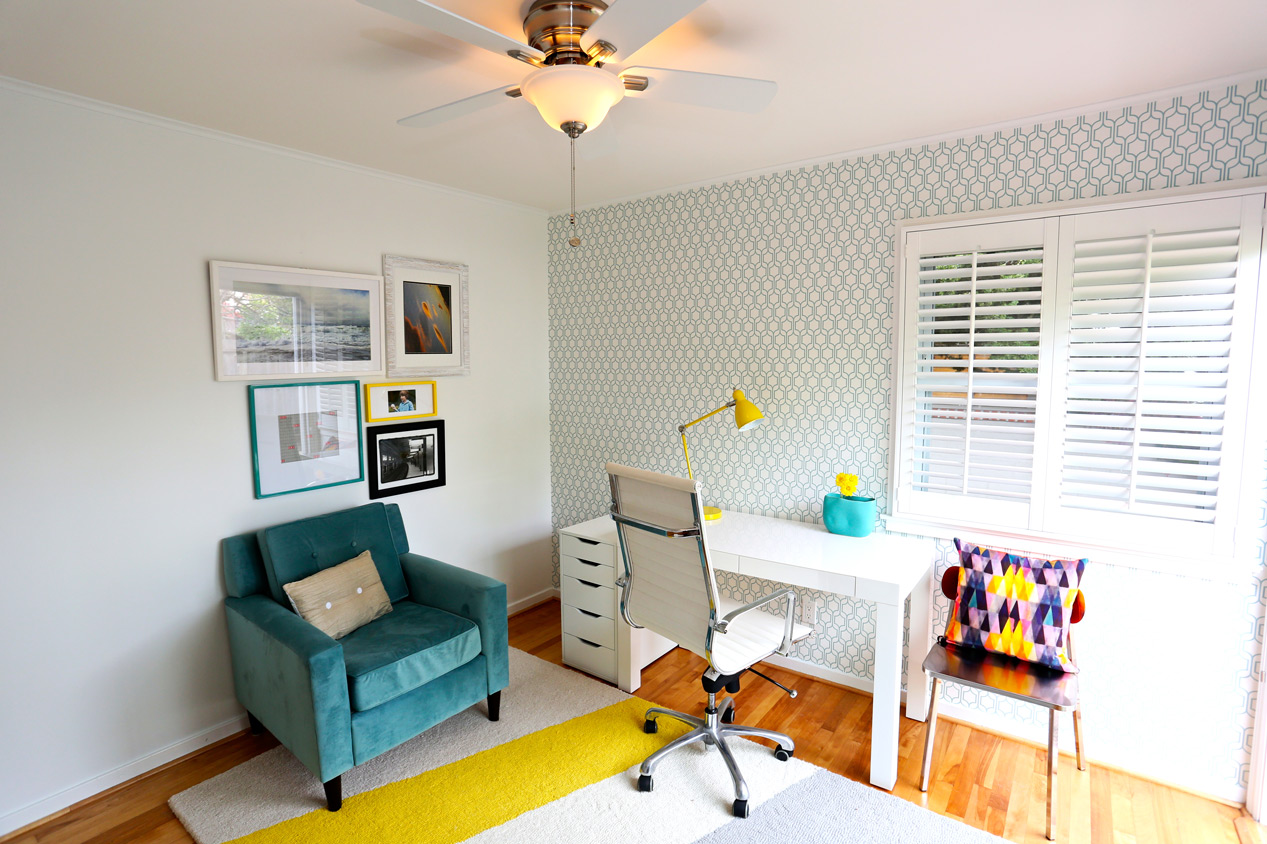
An interior design project is a collaborative endeavor between designers and clients, and asking questions during the initial consultation is vital for its success. Through strategic questioning, designers can gain insights into clients’ preferences, aspirations, and lifestyle, allowing them to create spaces that truly reflect their personalities.
How Does consultation Questions Help?
Interior design consultation questions serve as a tool for designers to understand clients’ desired aesthetic, color schemes, and specific design elements. By exploring clients’ goals and aspirations, designers can tailor their approach and develop a design concept that resonates with their vision.
Understanding Practical Aspects:
Moreover, questions about budget limitations, timelines, and any existing structural constraints are essential to gather during the consultation. Understanding these practical aspects allows designers to create realistic design plans and manage client expectations effectively.
Asking questions during the interior design process fosters open communication, builds trust, and establishes a solid foundation for the project. It ensures that designers and clients are on the same page, minimizing the risk of misunderstandings or disappointments. Ultimately, a comprehensive understanding of clients’ needs and desires obtained through well-crafted questions paves the way for a successful and fulfilling interior design journey.
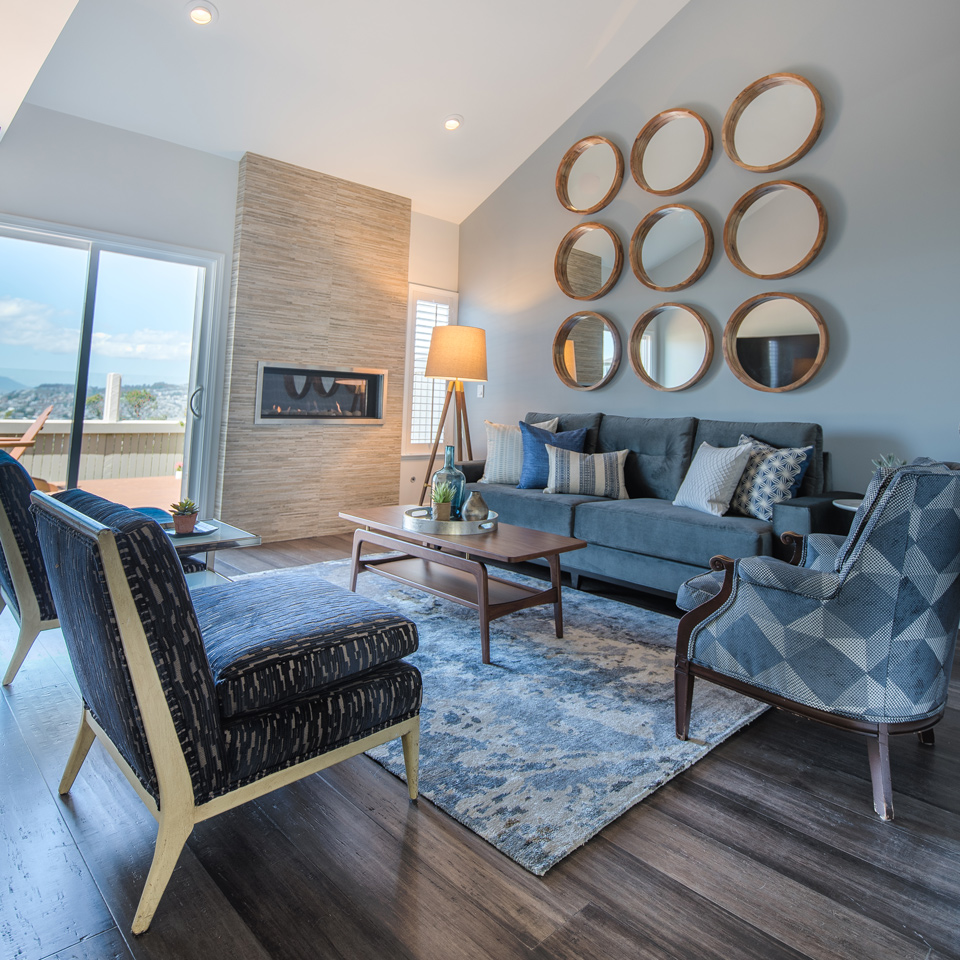
An interior design client questionnaire is an essential tool that helps designers gather detailed information about their clients’ preferences, needs, and goals. Including the right type of questions in the questionnaire is crucial for obtaining a comprehensive understanding of the client’s vision.
Questions to Cover:
Firstly, the questionnaire should cover questions related to the client’s desired aesthetic, color schemes, and style preferences. This includes inquiries about their favorite design elements, textures, and patterns they gravitate towards.
Functional Aspects:
Secondly, it’s important to include questions about the functional aspects of the space. This involves understanding the client’s lifestyle, their daily routines, and specific requirements for each room. Questions about storage needs, spatial flow, and desired furniture placement are beneficial for the design process. Budget and timeline questions are also crucial. These inquiries help designers establish realistic project parameters and align their design proposals accordingly.
Open-ended Questions:
Lastly, it’s valuable to ask open-ended questions that allow clients to express their ideas, inspirations, and any specific elements they want to incorporate. By incorporating these types of questions in an interior design questionnaire, designers can gather a wealth of information and tailor their design approach to meet the unique needs and preferences of their clients.
As an interior designer, it is crucial to have a comprehensive understanding of the client’s current space before embarking on a project. This knowledge forms the foundation for creating a design that meets the client’s needs and desires. To gather this information, many designers utilize an interior designer questionnaire, or a series of interior design questions tailored to the project.
How Does It Help?
These questionnaires or questions aim to gather details about the client’s lifestyle, preferences, and specific requirements. They cover aspects such as the purpose of the space, the desired atmosphere, color preferences, functional needs, and any existing architectural features that need to be considered. By delving into these aspects, designers can better comprehend the client’s vision and aspirations.
What Are the Assessments That Can Be Done?
Furthermore, it is essential to assess the existing space’s constraints, such as room dimensions, architectural elements, and natural lighting. Understanding these limitations enables designers to develop creative solutions that maximize the potential of the space while addressing any challenges.
Empowering the Designer
By knowing the client’s current space intimately, interior designers can tailor their design concepts and recommendations to suit the specific needs and limitations. This comprehensive understanding allows for efficient planning, accurate cost estimates, and the ability to present realistic design proposals that align with the client’s expectations.
Asking the right questions is an integral part of the Bay area interior design process, and the top 10 questions we have highlighted in this blog post serve as a valuable guide for designers. By engaging in meaningful conversations with their clients, designers can uncover key insights, understand their vision, and deliver exceptional results. These questions cover various aspects, from understanding personal style and functional requirements to exploring budget constraints and project timelines. By asking these questions, designers can establish strong client-designer relationships, ensure clear communication, and create spaces that are not only aesthetically pleasing but also functional and tailored to the clients’ needs. So, whether you’re a seasoned designer or just starting out, incorporating these top 10 questions into your design process will undoubtedly enhance your ability to create stunning, personalized interiors.



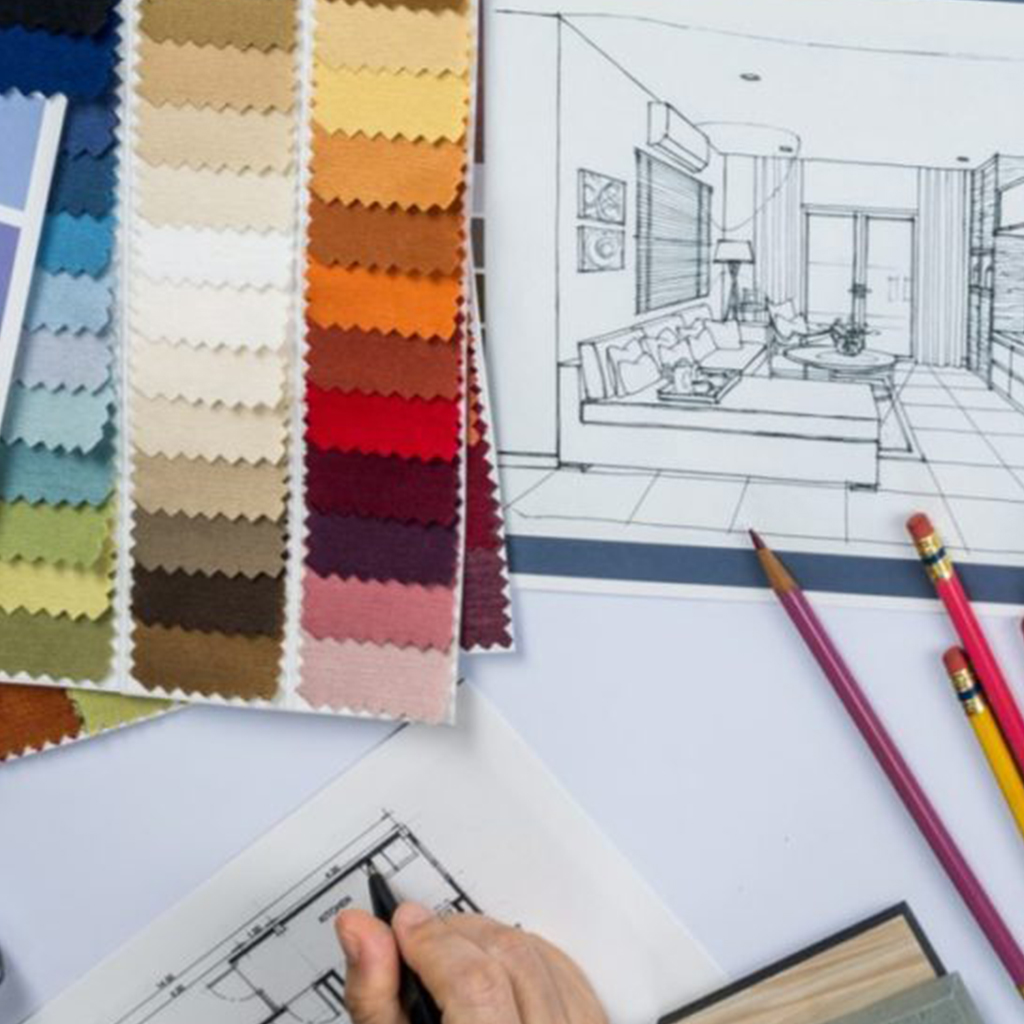
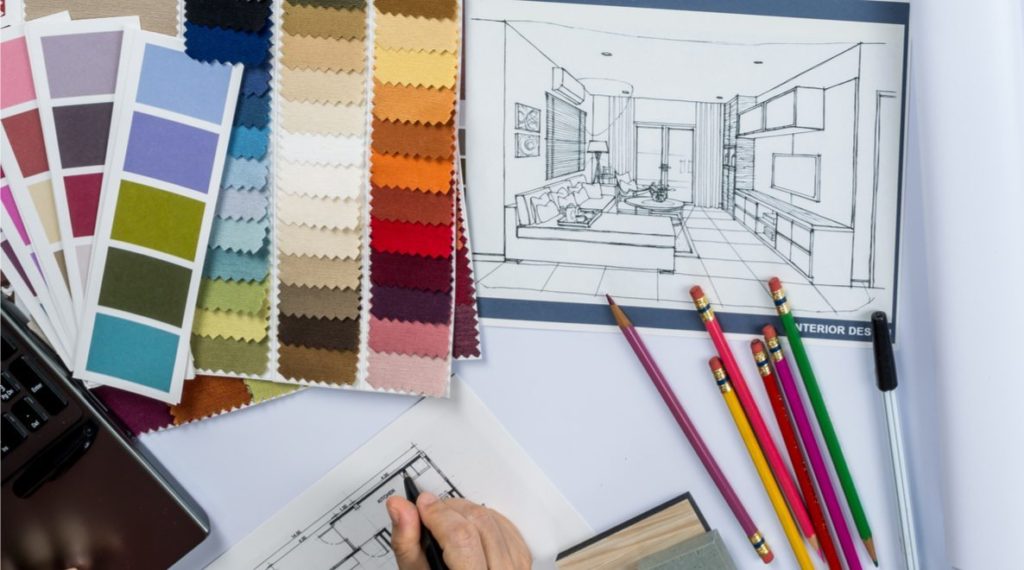
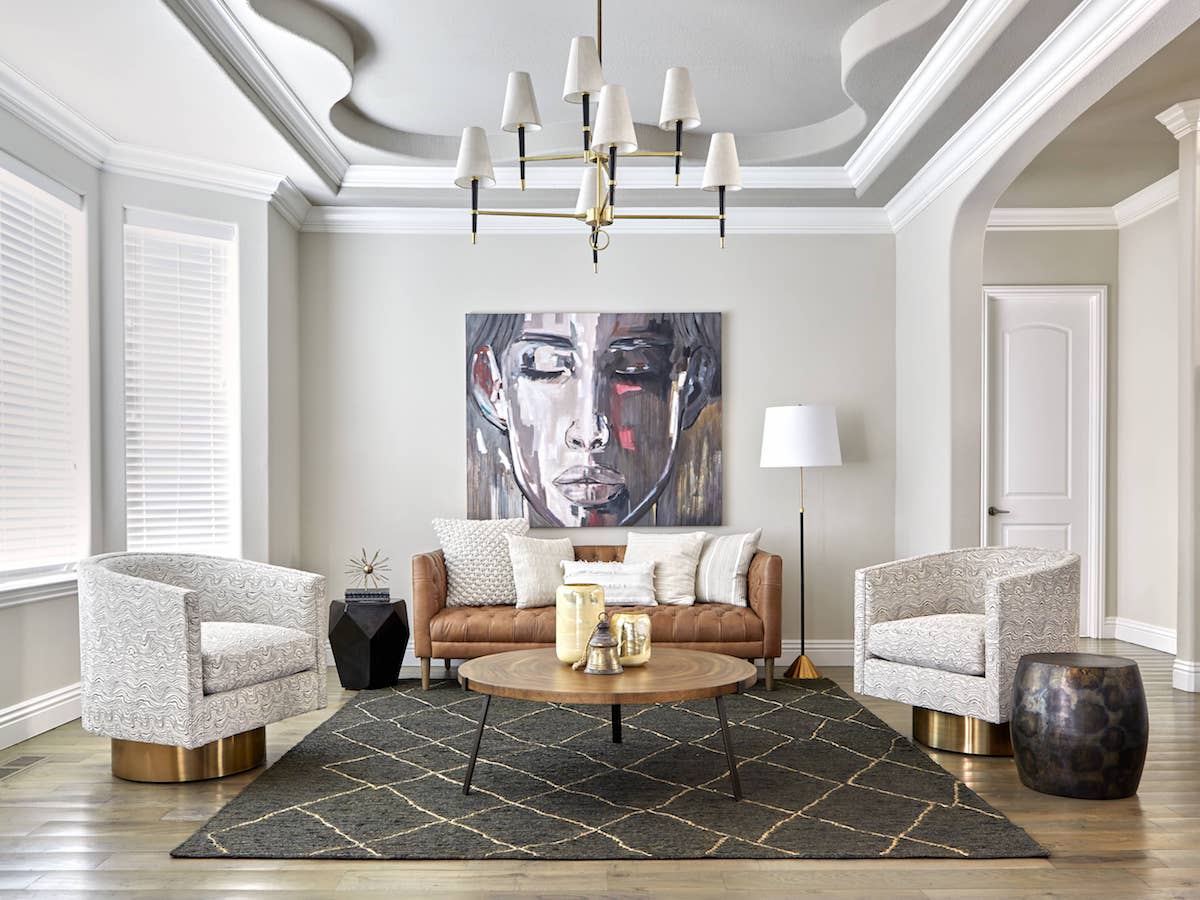


RECENT COMMENTS